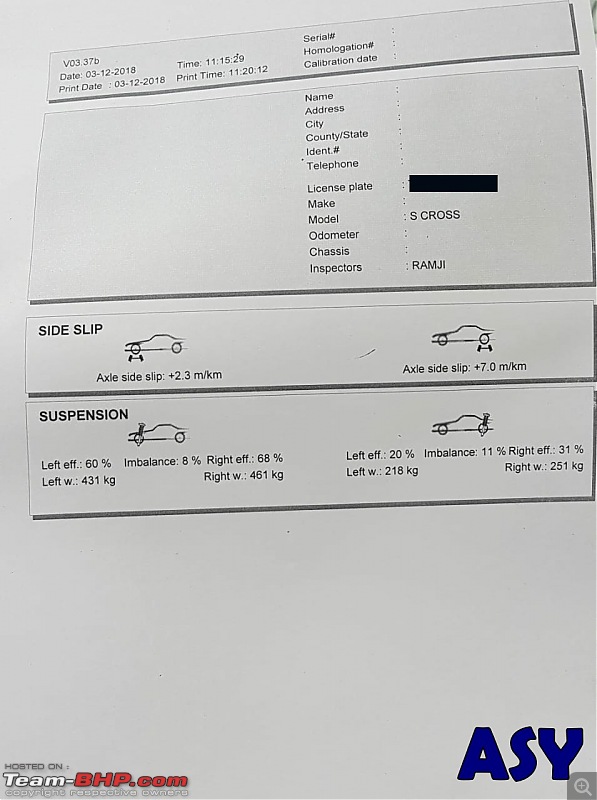| | #16 |
| Senior - BHPian Join Date: Jul 2009 Location: Calcutta
Posts: 4,668
Thanked: 6,217 Times
| |
| |  (1)
Thanks (1)
Thanks
|
| |
| | #17 |
| Senior - BHPian Join Date: Feb 2011 Location: SG
Posts: 1,125
Thanked: 2,297 Times
| |
| |
| | #18 |
| BHPian | |
| |  (7)
Thanks (7)
Thanks
|
| | #19 |
| Distinguished - BHPian  Join Date: Oct 2018 Location: COK\BLR\MYS
Posts: 3,604
Thanked: 10,196 Times
| |
| |
| | #20 |
| Senior - BHPian Join Date: Jul 2009 Location: Calcutta
Posts: 4,668
Thanked: 6,217 Times
| |
| |  (2)
Thanks (2)
Thanks
|
| | #21 |
| BHPian | |
| |  (1)
Thanks (1)
Thanks
|
| | #22 |
| Distinguished - BHPian  Join Date: Oct 2018 Location: COK\BLR\MYS
Posts: 3,604
Thanked: 10,196 Times
| |
| |  (1)
Thanks (1)
Thanks
|
| | #23 |
| BHPian | |
| |
| | #24 |
| Senior - BHPian Join Date: Jul 2009 Location: Calcutta
Posts: 4,668
Thanked: 6,217 Times
| |
| |
| | #25 |
| BHPian | |
| |
| | #26 |
| Senior - BHPian Join Date: Jul 2009 Location: Calcutta
Posts: 4,668
Thanked: 6,217 Times
| |
| |
| |
| | #27 |
| BHPian | |
| |  (1)
Thanks (1)
Thanks
|
| | #28 |
| Newbie Join Date: Jul 2017 Location: Hyderabad
Posts: 2
Thanked: 2 Times
| |
| |  (2)
Thanks (2)
Thanks
|
| | #29 |
| BHPian | |
| |  (1)
Thanks (1)
Thanks
|
| | #30 |
| Senior - BHPian Join Date: Jul 2009 Location: Calcutta
Posts: 4,668
Thanked: 6,217 Times
| |
| |
 |
Most Viewed










